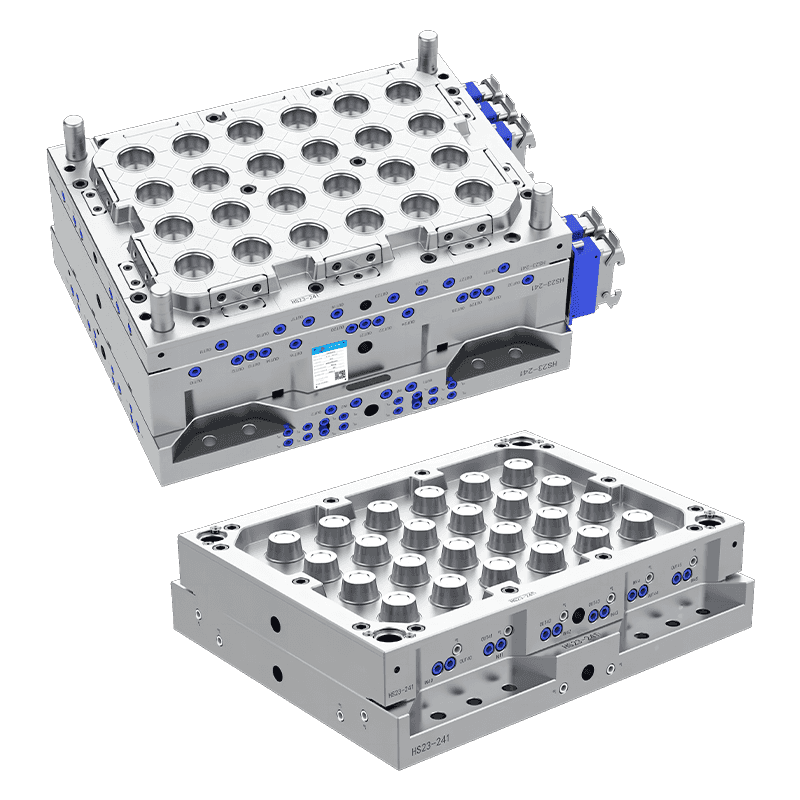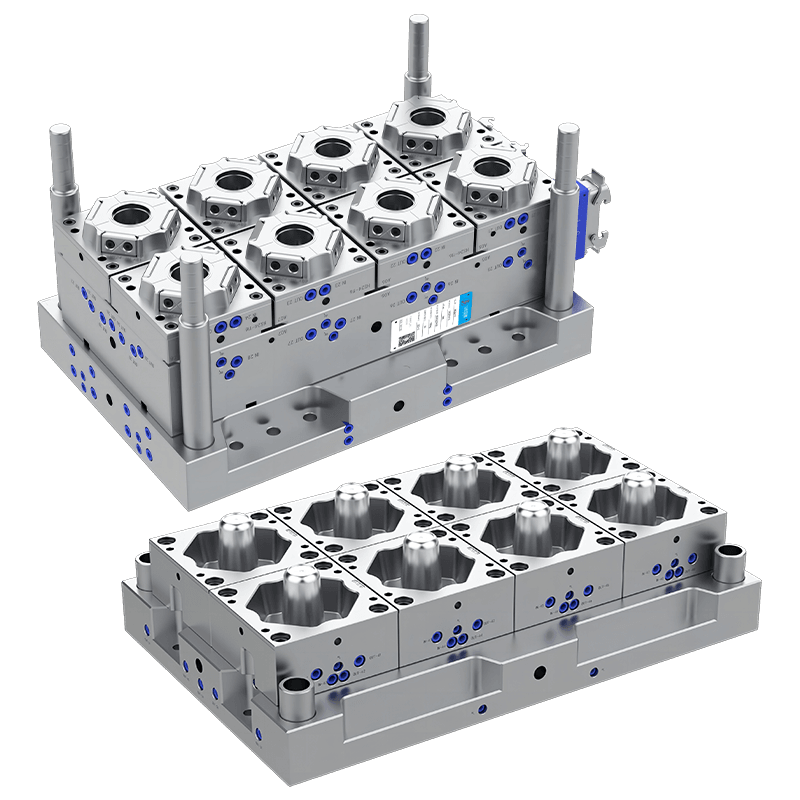The Manufacturing Process of Disposable Plastic Soup Bucket Molds
The manufacturing process of disposable plastic soup bucket molds involves several stages, each crucial for producing functional and reliable containers. This process starts with the design phase, where engineers and designers create detailed blueprints of the soup bucket mold. They use computer-aided design (CAD) software to ensure precision and to visualize the final product's shape and dimensions.
Once the design is finalized, the next step is to create the mold itself. This is typically done using a method called injection molding. In this process, a solid metal block is machined to match the exact specifications of the soup bucket design. High-quality steel or aluminum is often used for the mold material to ensure durability and longevity.
With the mold prepared, the production phase begins. Plastic pellets, usually made from polypropylene or polyethylene, are fed into an injection molding machine. The machine heats the pellets until they melt into a liquid form. This molten plastic is then injected into the mold under high pressure. The plastic cools and solidifies in the mold's cavity, taking the shape of a soup bucket.
After cooling, the mold is opened, and the newly formed soup bucket is removed. The bucket undergoes a quality check to ensure it meets all required specifications and standards. Any defects or inconsistencies are addressed, and the buckets are prepared for packaging and distribution.
The manufacturing process of disposable plastic soup bucket molds ensures that each bucket is produced with consistency and efficiency. By following these steps, manufacturers can deliver high-quality soup buckets that meet the needs of their customers.
Disadvantages of Cheap Plastic Injection Molds
Cheap plastic injection molds may offer initial cost savings, but they come with several significant disadvantages that can impact production quality and efficiency. One major drawback is the potential for reduced durability. Low-quality molds are often made from less robust materials that can wear out quickly, bring about frequent replacements, and increased long-term costs.
Another issue with cheap molds is the lack of precision in manufacturing. Inexpensive molds may not be engineered to high standards, resulting in inconsistencies in the final products. This can bring about defective items, which can cause issues in the supply chain and affect consumer satisfaction. The lower accuracy also means that the end products might not meet industry standards, which can be problematic for applications requiring high-quality components.
The cooling and heating systems in cheap molds are often less efficient. Poor thermal control can bring about uneven cooling of the plastic, which can result in warping or other defects in the final product. This inefficiency not only affects the quality of the plastic parts but also slows down the production cycle, reducing overall output.
Cheap molds also tend to have a higher rate of maintenance issues. Their construction may not withstand the demands of high-volume production, bring about more frequent breakdowns and repairs. This can disrupt manufacturing schedules and increase downtime, further impacting production efficiency.
While cheap plastic injection molds may seem like a cost-effective solution initially, their disadvantages—including reduced durability, precision issues, inefficient thermal management, and higher maintenance needs—can outweigh the benefits. Investing in higher-quality molds can result in better product consistency, longer mold life, and more efficient production processes.
Contact Us
Email: [email protected]; Or fill out the contact form below.

 English
English 中文简体
中文简体 русский
русский Español
Español Français
Français




